COVID-19 has changed our lives in many ways, and some of the changes have tax implications. Here is basic information about two common situations.
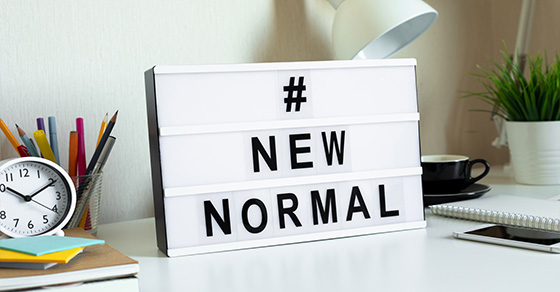

COVID-19 has changed our lives in many ways, and some of the changes have tax implications. Here is basic information about two common situations.

To say that most small to midsize businesses have at least considered taking out a loan this year would probably be an understatement. The economic impact of the COVID-19 pandemic has lowered many companies’ revenue but may have also opened opportunities for others to expand or pivot into more profitable areas.
If your company needs working capital to grow, rather than simply survive, you might want to consider a mezzanine loan. These arrangements offer relatively quick access to substantial funding but with risks that you should fully understand before signing on the dotted line.

Many businesses now offer, as part of their health care benefits, various types of accounts that reimburse employees for medical expenses on a tax-advantaged basis. These include health Flexible Spending Accounts (FSAs), Health Reimbursement Arrangement (HRAs) and Health Savings Account (HSAs, which are usually offered in conjunction with a high-deductible health plan).
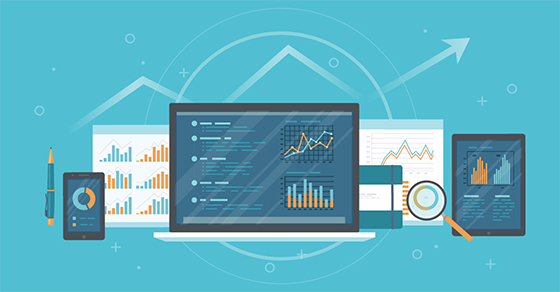
No company can afford to operate without the right accounting software. When considering whether to buy a new product or upgrade their current solutions, however, business owners often fall prey to some common mistakes. Here are five gaffes to avoid:

If you’re getting close to retirement, you may wonder: Are my Social Security benefits going to be taxed? And if so, how much will you have to pay? It depends on your other income. If you’re taxed, between 50% and 85% of your benefits could be taxed. (This doesn’t mean you pay 85% of your benefits back to the government in taxes. It merely that you’d include 85% of them in your income subject to your regular tax rates.)

Despite the COVID-19 pandemic, students are going back to school this fall, either remotely, in-person or under a hybrid schedule. In any event, parents may be eligible for certain tax breaks to help defray the cost of education.
Here is a summary of some of the tax breaks available for education.

President Trump has signed a five-week extension of the Paycheck Protection Program (PPP), after unanimous agreement by the U.S. Senate and House of Representatives, in an effort to continue providing relief for small businesses hit hard by the pandemic.
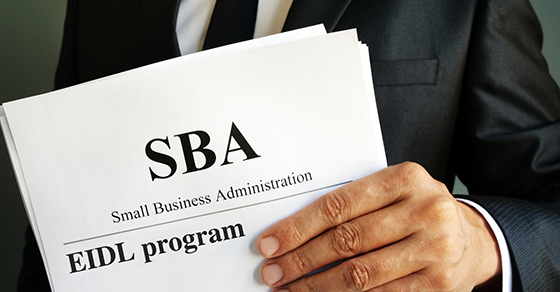
Just last week, the Small Business Administration (SBA) announced that it has reopened the Economic Injury Disaster Loan (EIDL) and EIDL Advance program to eligible applicants still struggling with the economic impact of the COVID-19 pandemic.
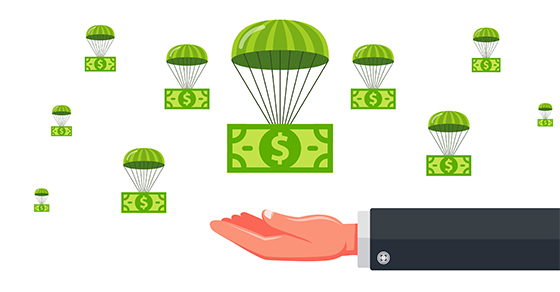
As you may have heard, the Coronavirus Aid, Relief and Economic Security (CARES) Act allows “qualified” people to take certain “coronavirus-related distributions” from their retirement plans without paying tax. So how do you qualify? In other words, what’s a coronavirus-related distribution?
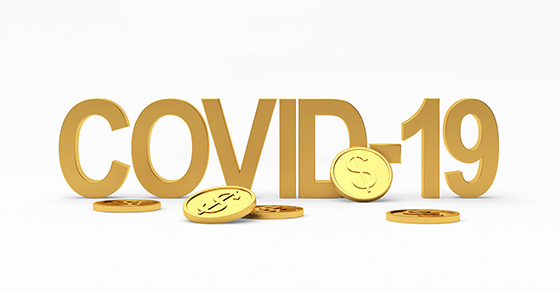
The Minnesota Department of Employment and Economic Development (DEED) announced the Minnesota Small Business Relief Grants Program last week. The program, which was approved by the Minnesota Legislature and signed by Governor Tim Walz, will begin accepting applications on June 23 through 5:00 p.m. on July 2.

On June 10, 2020, the AICPA released guidance, to address how borrowers of Payroll Protection Program (PPP) Loans should account for these loans in their GAAP financial statements. The legal form of the PPP loan is debt, however, some believe that the loan is, in substance, a government grant. These conflicting opinions have led the AICPA to provide PPP Loan borrowers with options to account for the PPP Loans. Borrowers can account for the PPP Loans as:
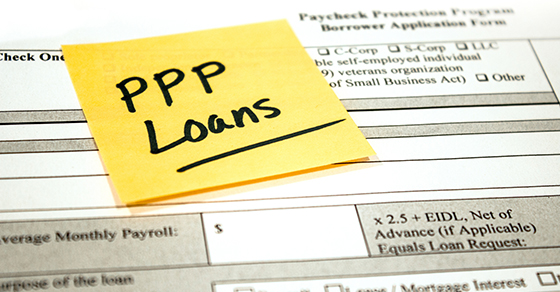
On June 10, 2020, the Small Business Administration (SBA) issued an updated interim final rule for the Paycheck Protection Program (PPP) in response to the PPP Flexibility Act passed on June 5, 2020. The updated guidance accounts for revisions made to the covered period, usage of funds changes, extended safe harbors, and more.
Here is a quick rundown of the changes made by the PPP Flexibility Act.

On May 28, 2020, in a nearly unanimous vote, the U.S. House of Representatives voted to extend certain provisions of the Paycheck Protection Program (PPP) to provide small businesses with relief in the timeframe and use of their PPP loan funds. While President Trump has encouraged changes to PPP, and the Senate had been developing a plan of its own, the Paycheck Protection Program Flexibility Act is the first to pass its branch.

On May 23, the Small Business Administration (SBA) issued an interim final rule for the Paycheck Protection Program (PPP) that included the loan forgiveness application guidance released May 15, as well as other updated guidance.

The Small Business Administration (SBA) has released its long-awaited Paycheck Protection Program (PPP) forgiveness form for borrowers. The release on May 15 brought with it significant changes to the interpretation of some components of forgiveness that were not previously known.